The main psychological treatment methods for obsessive-compulsive disorder include cognitive-behavioral therapy, exposure and response prevention therapy, acceptance and commitment therapy, mindfulness therapy, family therapy, etc. Obsessive Compulsive Disorder (OCD) is a mental disorder characterized by recurrent compulsive thinking and behavior, and psychotherapy is one of the core intervention methods.

1. Cognitive Behavioral Therapy
Cognitive behavioral therapy improves symptoms by identifying and correcting patients' erroneous cognition. Therapists will help patients recognize the unreality of compulsive thinking and gradually establish control over compulsive behavior. Common techniques include mind recording, behavioral experiments, etc., which need to be repeated in conjunction with homework. This therapy has significant effects on behaviors such as forced cleaning and examination.
2. Exposure and Response Prevention
Exposure and response prevention therapy requires patients to actively engage with anxiety inducing situations while suppressing compulsive behavior. The treatment starts with a gradual exposure from low anxiety scenarios and reconstructs the brain's assessment mechanism of threats through the natural process of anxiety subsiding. This method is particularly suitable for specific fear type obsessive-compulsive disorder and needs to be systematically implemented under professional guidance.
3. Acceptance and Commitment Therapy
Acceptance and commitment therapy guides patients to accept compulsive thinking with an open attitude, reducing the psychological resources consumed by opposing it. Through value clarification training, help patients shift their attention towards meaningful life goals. This therapy is suitable for patients with generalized anxiety and can effectively reduce the frequency of rumination.

4. Mindfulness Therapy
Mindfulness therapy cultivates patients' non judgmental awareness of current experiences, breaking the connection between compulsive thinking and automated behavior. Enhance emotional regulation ability through breathing exercises, body scans, and other exercises. Research has shown that this method can significantly reduce the recurrence probability of obsessive-compulsive symptoms and is suitable as a long-term adjuvant therapy.
5. Family therapy
Family therapy alleviates environmental maintenance factors by improving family members' misunderstandings and inappropriate coping patterns towards obsessive-compulsive disorder. Focus on adjusting the excessive accommodating or critical attitude of relatives and establishing a consistent support system. For pediatric and adolescent patients, the combined treatment with family involvement is more effective than individual treatment alone. In addition to professional psychological treatment, patients with obsessive-compulsive disorder can regulate neurotransmitter balance through regular sleep and moderate exercise. It is recommended to choose low-intensity exercises such as yoga and swimming to avoid excessive fatigue. Adding foods rich in tryptophan, such as bananas and nuts, to the diet can help with serotonin synthesis. Patients should establish a treatment diary to record changes in symptoms, but be careful to avoid evolving self-monitoring into new compulsive behaviors. Family members need to maintain patience, use encouragement instead of blame, and jointly develop phased rehabilitation goals.
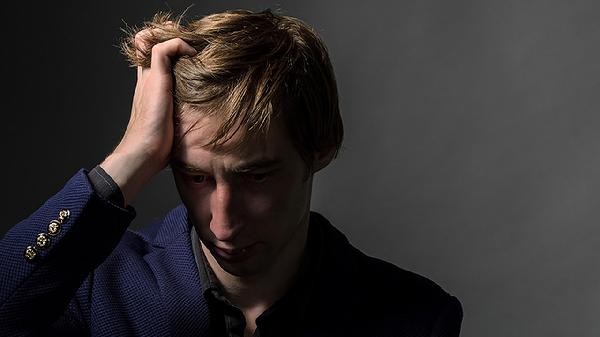

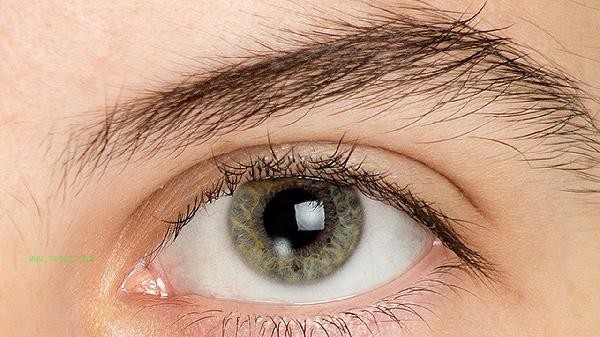
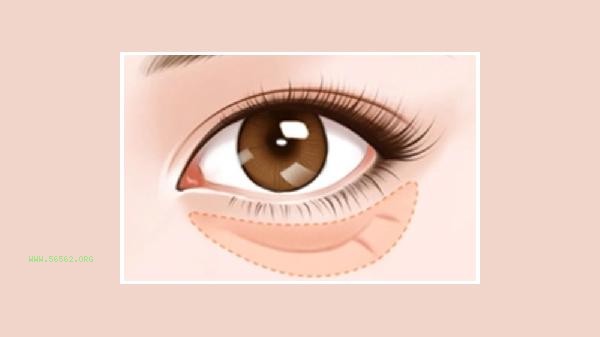
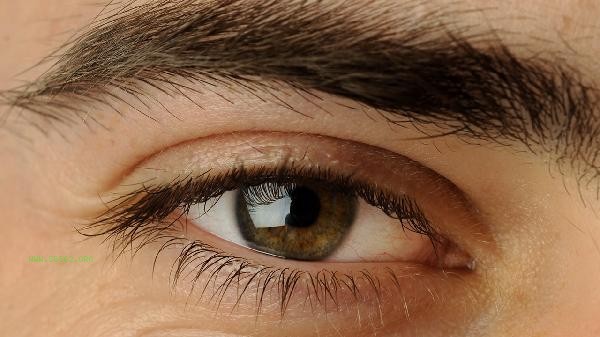
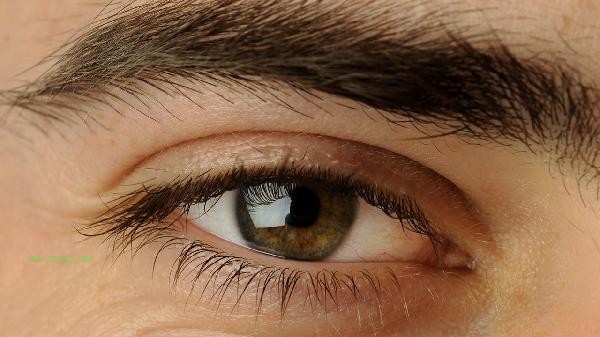
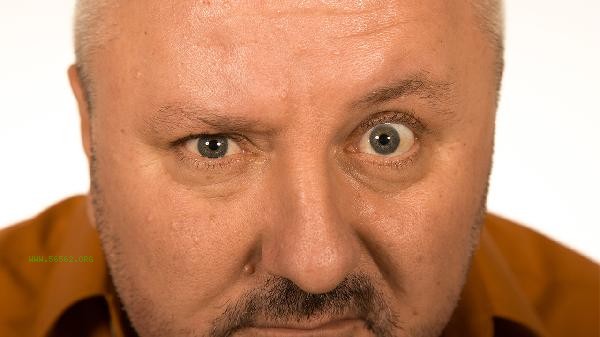


Comments (0)
Leave a Comment
No comments yet
Be the first to share your thoughts!